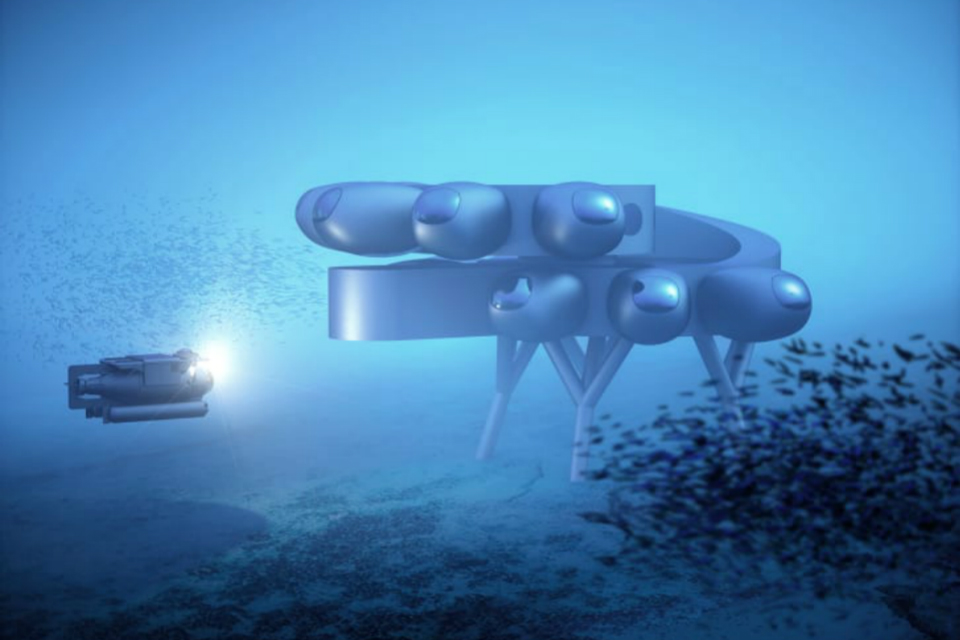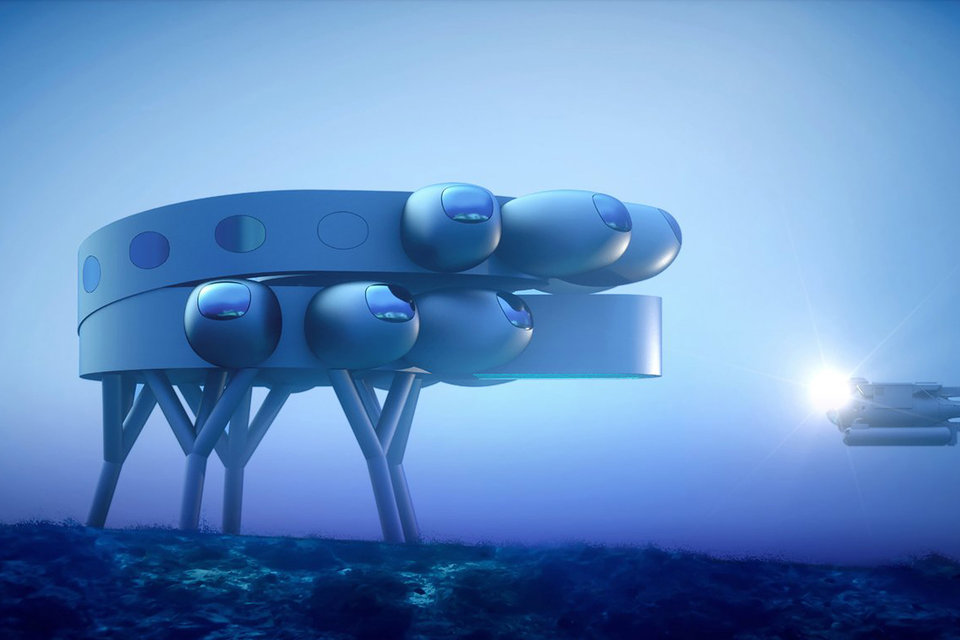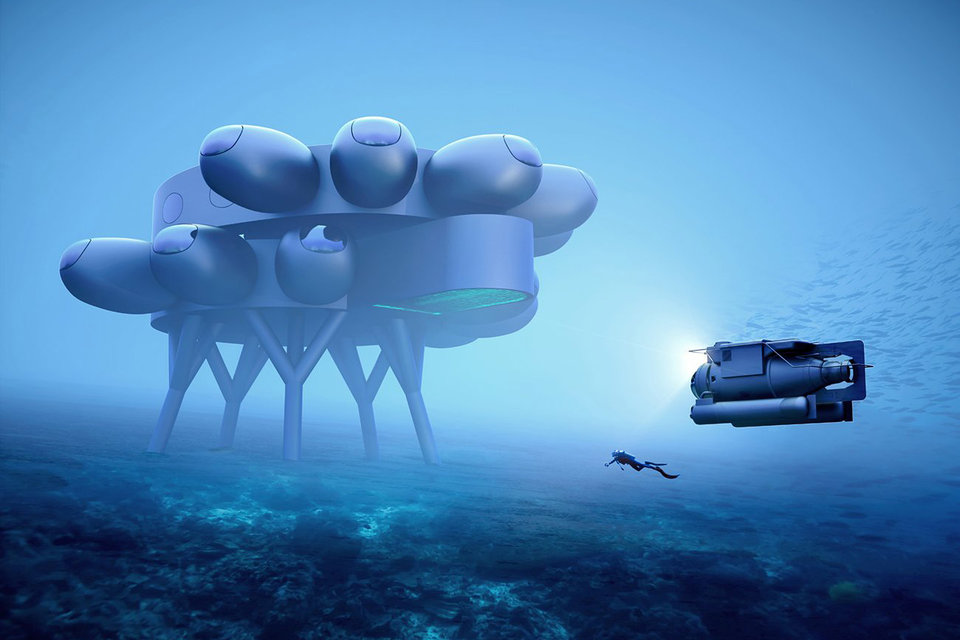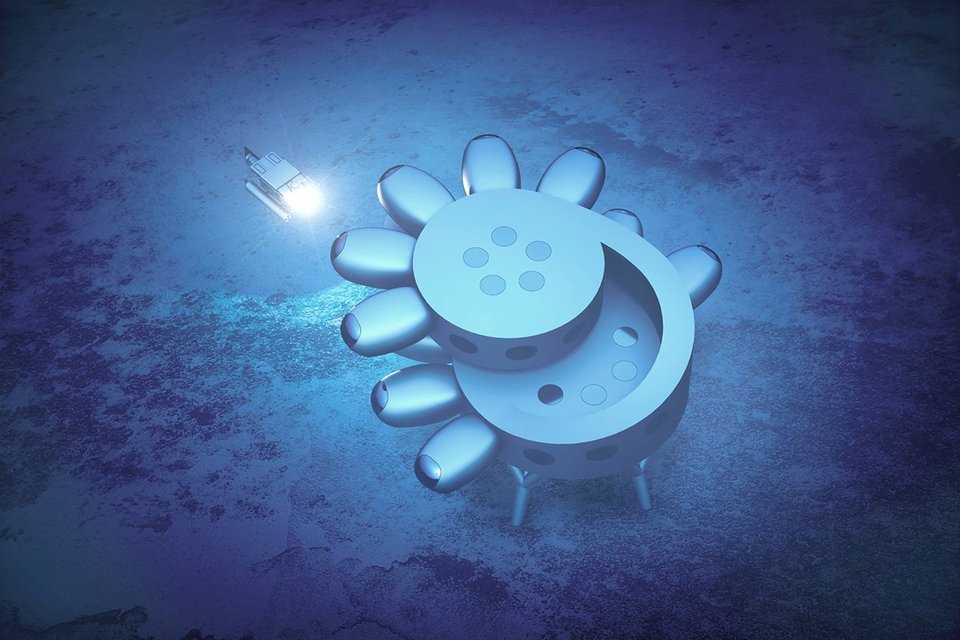It’s not easy to turn complex science into something people love.
Aquanaut Fabien Cousteau and designer Yves Behar are building an underwater version of the international space station, Proteus, in the deepest part of the earth .

Proteus is the largest international space station to date, covering 4,000 square feet and accommodating up to 12 people.
This ambitious project is modeled on the international space station (ISS) design, the aim is to provide a “home”, to become the world’s Marine researchers, academics, government agencies and companies to perform the task of an underwater meeting space, Marine research from around the world, from the impact of climate change and a new ocean biomedical breakthroughs, here you can regardless of national borders to cooperate.

Proteus has been designed as a two-storey circular structure, with pods projecting from the seafloor pillars containing laboratories, personal quarters, and medical pods. In the centre, a spiral staircase connects the two-storey structure containing public Spaces, including a kitchen, dining room, working area and the first underwater greenhouse.The building is powered by wind, solar and ocean thermal energy conversion.

“Ocean exploration is 1,000 times more important to our survival, to our trajectory to the future, than space exploration.””This is our life support system. This is why we are here.”Cousteau said in a video call with Behar.According to Cousteau. Proteus allows scientists to dive day and night without having to decompress for hours between dives.Like astronauts in space, they can stay underwater for days or weeks at a time.Although the project has been postponed in 2020 for various reasons, it will take another three years to install Proteus.




